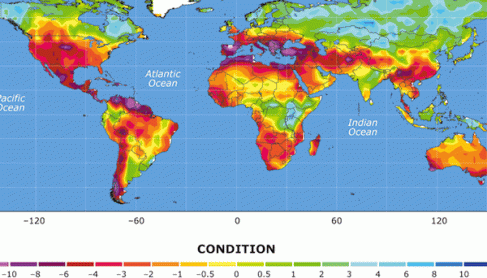Here on LGBG we talk, rather frequently, on the intertwined relationship of the green movement and housing development. What we have not mentioned however is how to finance potential green improvements to your home. That is, not until now.
I recently came across an article in the English paper The Telegraph which detailed how some U.K. residents are taking out “Green Loans” to improve energy efficiency and reduce the carbon footprint of their homes. In the United States, homeowners often take out a Home Equity Loan in order to make improvements to their house, which ultimately may increase the value of the house when it comes time to put it on the market. Home Equity Loans are typically used to add an extension to your house, or to create a finished basement. Now however, one has the ability to obtain a Green Loan in order to reduce emissions, and create greater energy efficiency while subsequently adding to the aforementioned value of the homeowner’s residence; so long as the house is inspected by a Green Deal assessor.
These assessors, who work for the government, “…Provide home owners with reports containing a list of possible improvements, and how much these will cost against estimated annual savings on gas and electricity bills.”[1] The rationale is that, despite having to pay for the home improvements (which may cost tens of thousands of dollars) homeowners are better off in the long-run as energy usage will be more efficient, and the resulting green friendly label of the house will aid in boosting the building’s value.
I have no doubt that obtaining a Green Loan to improve the carbon footprint of one’s house is, on the whole, mutually beneficially in the long-run. Yet, banks and lenders also have a responsibility not to take advantage of would-be borrowers by charging exorbitant interest rates, or making the terms and conditions of the loan onerous to pay. Governments can positively influence green behavior by providing subsidies for borrowers who are looking to green-proof their homes directly (which already happens to a certain extent when homeowners purchase solar-panels for example and receive a tax credit) or indirectly to banks by providing them incentives, such as lowering reserve requirements, to lend out money at a low interest rates. Similarly, checks and balances need to be put in place so that borrowers are indeed using the loan to modify their house in green ways and not to pay off other debts or in ways otherwise non-tangential to improving energy efficiency in one’s home. In this way, both banks and borrowers win in the mutual goal of reducing homeowners’ carbon footprints, while also helping to promote a future in which we all live green, and be green.
[1] http://www.telegraph.co.uk/property/greenproperty/9924717/Eco-living-could-you-take-out-a-Green-Deal-loan.html

